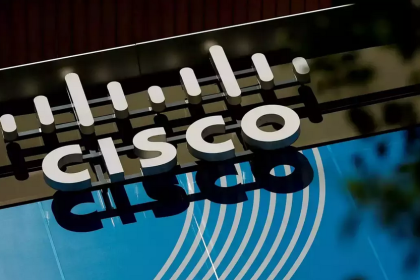The changes to the 128-bit address length and IPv6 header format modified the underlying protocols that support IP. This section covers ICMPv6, IPv6 Neighbor Discovery (ND), address resolution, address assignment, and IPv6 routing protocols. These protocols must now support 128-bit addresses. For example, DNS adds a new record locator for resolving fully qualified domain names (FQDNs) to IPv6 addresses. IPv6 also replaces ARP with the IPv6 ND protocol. IPv6 ND uses ICMPv6.
ICMPv6
Internet Control Message Protocol needed some modifications to support IPv6. RFC 2463 describes the use of Internet Control Message Protocol version 6 (ICMPv6) for IPv6 networks. All IPv6 nodes must implement ICMPv6 to perform network layer functions. ICMPv6 performs diagnostics (ping), reports errors, and provides reachability information. Although IPv4 ICMP uses IP protocol 1, IPv6 uses a Next Header field number of 58.
Informational messages are
- Echo request
- Echo reply
Some error messages are
- Destination unreachable
- Packet too big
- Time exceeded
- Parameter problem
The destination-unreachable messages also provide further details:
- No route to destination
- Destination administratively prohibited
- Address unreachable
- Port unreachable
Other IPv6 mechanisms use ICMPv6 to determine neighbor availability, path MTU, destination link-layer address, or port reachability.
IPv6 Neighbor Discovery Protocol
IPv6 does not implement ARP, which is used in IPv4. Instead, IPv6 implements the Neighbor Discovery (ND) protocol described in RFC 2461. Hosts use ND to implement plug-and-play functions that discover all other nodes in the same link, check for duplicate addresses, and find routers in the link. The protocol also searches for alternative routers if the primary router fails.
The IPv6 ND protocol performs the following functions:
- Stateless address autoconfiguration: The host can determine its full IPv6 address without the use of DHCP.
- Duplicate address detection: The host can determine whether the address it will use is already in use on the network.
- Prefix discovery: The host can determine the link’s IPv6 prefix.
- Parameter discovery: The host can determine the link’s MTU and hop count.
- Address resolution: The host can determine the MAC addresses of other nodes without the use of ARP.
- Router discovery: The host can find local routers without the use of DHCP.
- Next-hop determination: The host can determine a destination’s next hop.
- Neighbor unreachability detection: The host can determine whether a neighbor is no longer reachable.
- Redirect: The host can tell another host if a preferred next hop exists to reach a particular destination.
IPv6 ND uses ICMPv6 to implement some of its functions. The ICMPv6 messages are as follows:
- Router advertisement (RA): Sent by routers to advertise their presence and link-specific parameters
- Router solicitation (RS): Sent by hosts to request RA messages from local routers
- Neighbor solicitation (NS): Sent by hosts to request link layer addresses of other hosts (also used for duplicate address detection)
- Neighbor advertisement (NA): Sent by hosts in response to NS messages
- Redirect: Sent to a host to notify it of a better next hop to a destination
The link address resolution process uses NS messages to obtain a neighbor’s link layer address. Nodes respond with an NA message that contains the link layer address.




